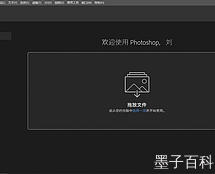
Dynamic link library (DLL) is essential for creating modular and reusable code in computer programming. In this article, we will explore the concept and usage of Dynamic Link Library (DLL) in a professional context.
Dynamic Link Library, commonly referred to as DLL, is a collection of functions and data that can be accessed by multiple programs at the same time. DLLs are dynamically linked to the program at runtime, providing modular functionality and reducing code redundancy.
There are several advantages to using DLLs in software development. Firstly, it promotes code reusability, as DLLs can be shared among multiple programs. Secondly, DLLs enable efficient memory management by only loading functions and data when needed. Finally, DLLs facilitate easier maintenance and updates, as modifications to a DLL automatically reflect in all programs using it.
Creating a DLL involves several steps, including designing the interface, writing the code, compiling it, and linking it with the applications. The interface serves as a contract between the DLL and the programs using it. It defines the functions and data that can be accessed, providing a seamless integration of the DLL with other applications.
Once a DLL is created, it can be used by various programming languages, such as C, C++, and .NET languages. To use a DLL, it needs to be loaded into the program’s memory space using appropriate functions and calling the required functions as needed. DLLs are commonly used for implementing plugins, extending program functionality, and sharing common code across multiple applications.











